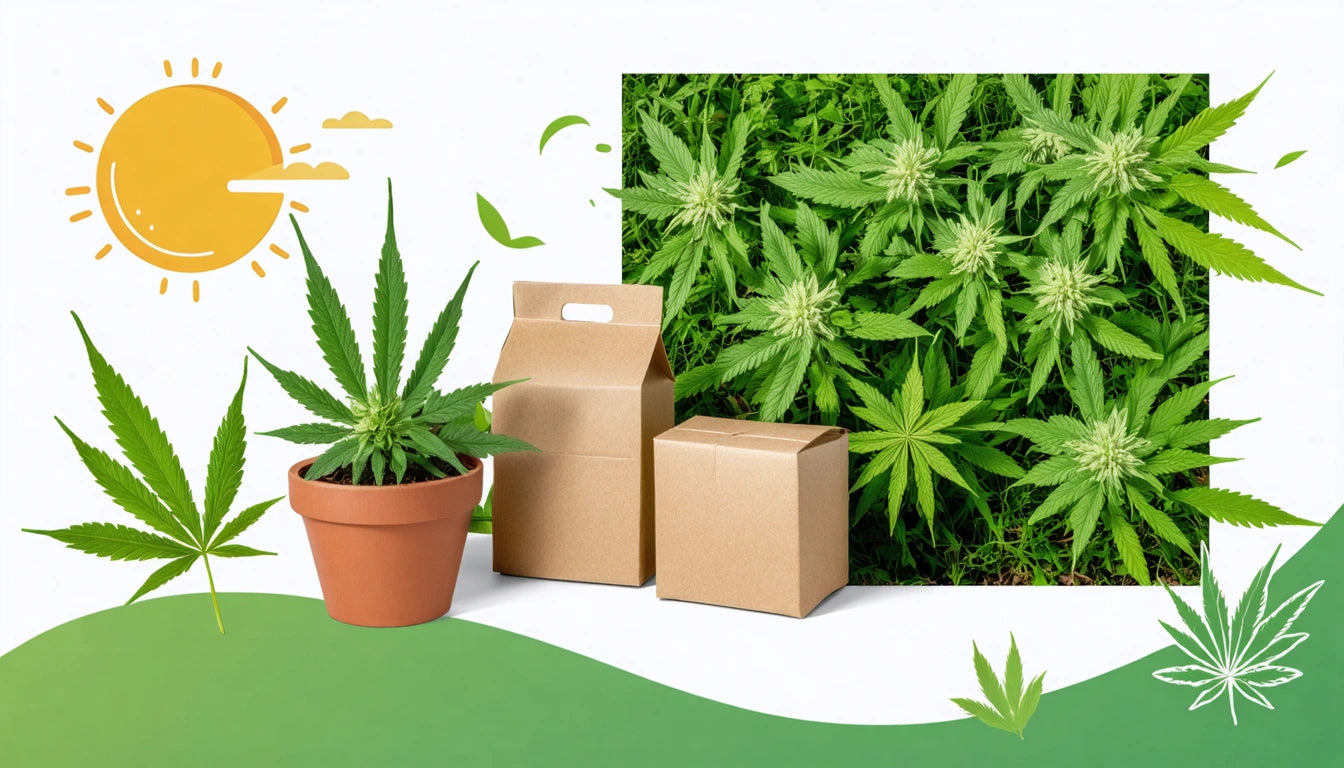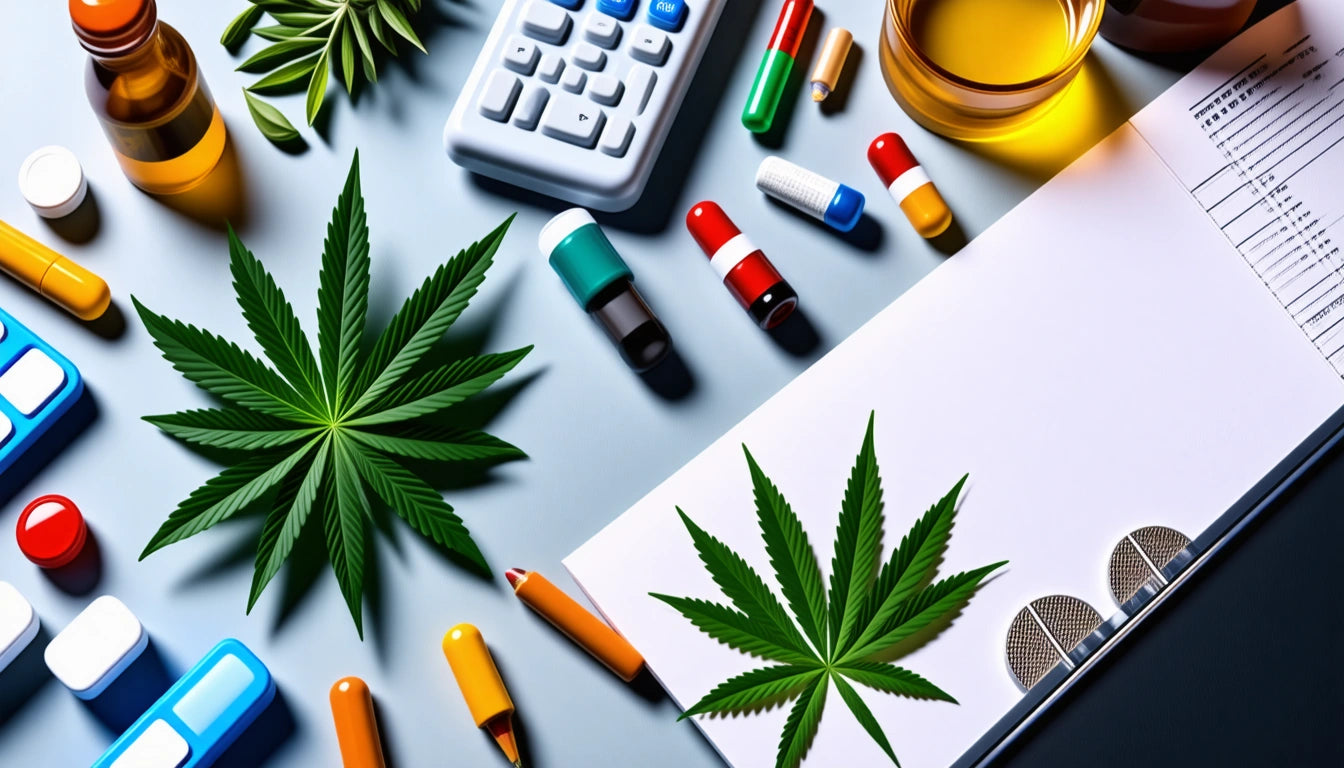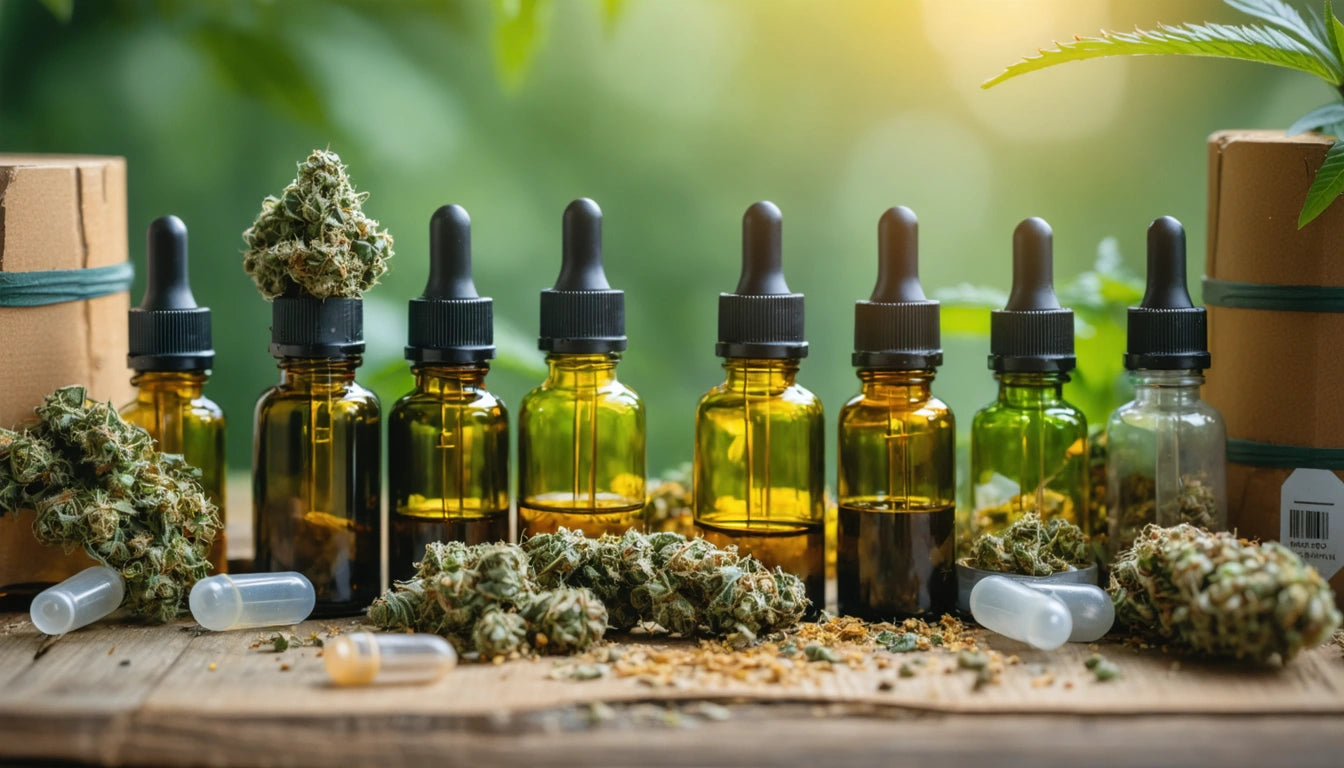Table of Contents
Is Your Hemp Packaging Truly Plastic-Free?
As the cannabis and hemp industries expand their focus on sustainability, hemp packaging has emerged as a popular alternative to conventional plastics. However, not all hemp packaging solutions live up to their plastic-free claims. Understanding what constitutes truly plastic-free hemp packaging is essential for brands committed to authentic sustainability practices.
Understanding Hemp Packaging: Beyond the Marketing
Hemp packaging refers to containers, wraps, and other packaging materials made primarily from industrial hemp fibers or hemp-derived polymers. According to industry reports on hemp-based plastics, these materials can be processed into various formats including paperboard, molded pulp, and bioplastic alternatives.
However, many products marketed as "hemp packaging" contain significant amounts of traditional plastics or synthetic additives. As explored in this investigation into plastic-free claims, manufacturers sometimes blend hemp fibers with conventional plastics to improve durability, water resistance, or cost-effectiveness.
Common Misconceptions About Hemp Packaging
Misconception 1: All Hemp Packaging is Biodegradable
While pure hemp fibers are biodegradable, many hemp packaging products incorporate non-biodegradable elements. The truth about biodegradable hemp plastic reveals that even products labeled as "hemp plastic" may contain petroleum-derived polymers that prevent complete biodegradation.
Misconception 2: Hemp Packaging is Always the Greenest Choice
Hemp cultivation requires significant resources, including water and land. In some cases, recycled materials may have a lower environmental impact than virgin hemp fibers, particularly when considering the entire lifecycle of the packaging.
Identifying Truly Plastic-Free Hemp Packaging
To determine if hemp packaging is genuinely plastic-free, brands should consider several factors:
- Material composition percentages (look for 100% hemp or clearly stated blends)
- Presence of synthetic binders, coatings, or additives
- Water-resistant treatments (many are petroleum-based)
- Manufacturing processes and chemical inputs
- End-of-life decomposition behavior
For precise measurement of packaging components, some manufacturers use precision digital scales to ensure consistent material ratios during production, helping maintain quality standards in truly plastic-free formulations.
Certifications and Standards for Authentic Hemp Packaging
Several certifications can help verify plastic-free hemp packaging claims:
Compostability Certifications
Look for BPI (Biodegradable Products Institute) certification or European standard EN 13432, which verify that products will break down in commercial composting facilities without leaving toxic residues.
Biobased Content Verification
ASTM D6866 testing quantifies the percentage of renewable carbon in packaging materials, distinguishing between plant-derived and petroleum-derived components.
When comparing options, brands should also consider how hemp compares to other plant-based alternatives like PLA, examining factors beyond just plastic content.
The Future of Hemp Packaging: Innovations and Challenges
The hemp packaging industry continues to evolve, with several promising developments on the horizon:
Innovations in hemp processing are creating truly plastic-free options with improved performance characteristics. For example, some manufacturers are developing hemp-derived cellulose films that mimic plastic's barrier properties without synthetic additives.
Supply chain challenges remain significant, as outlined in this guide to building scalable hemp packaging supply chains. However, increasing investment in hemp processing infrastructure is gradually improving availability and reducing costs.
Consumer awareness is also driving change. Research indicates that consumers are increasingly seeking hemp packaging options, but they're also becoming more sophisticated about verifying sustainability claims.
For brands committed to truly plastic-free packaging, the path forward involves careful supplier vetting, material testing, and transparent communication about both the benefits and limitations of current hemp packaging technologies. By demanding better documentation and third-party verification, brands can help accelerate the development of genuinely sustainable hemp packaging solutions.











Leave a comment
All comments are moderated before being published.
This site is protected by hCaptcha and the hCaptcha Privacy Policy and Terms of Service apply.